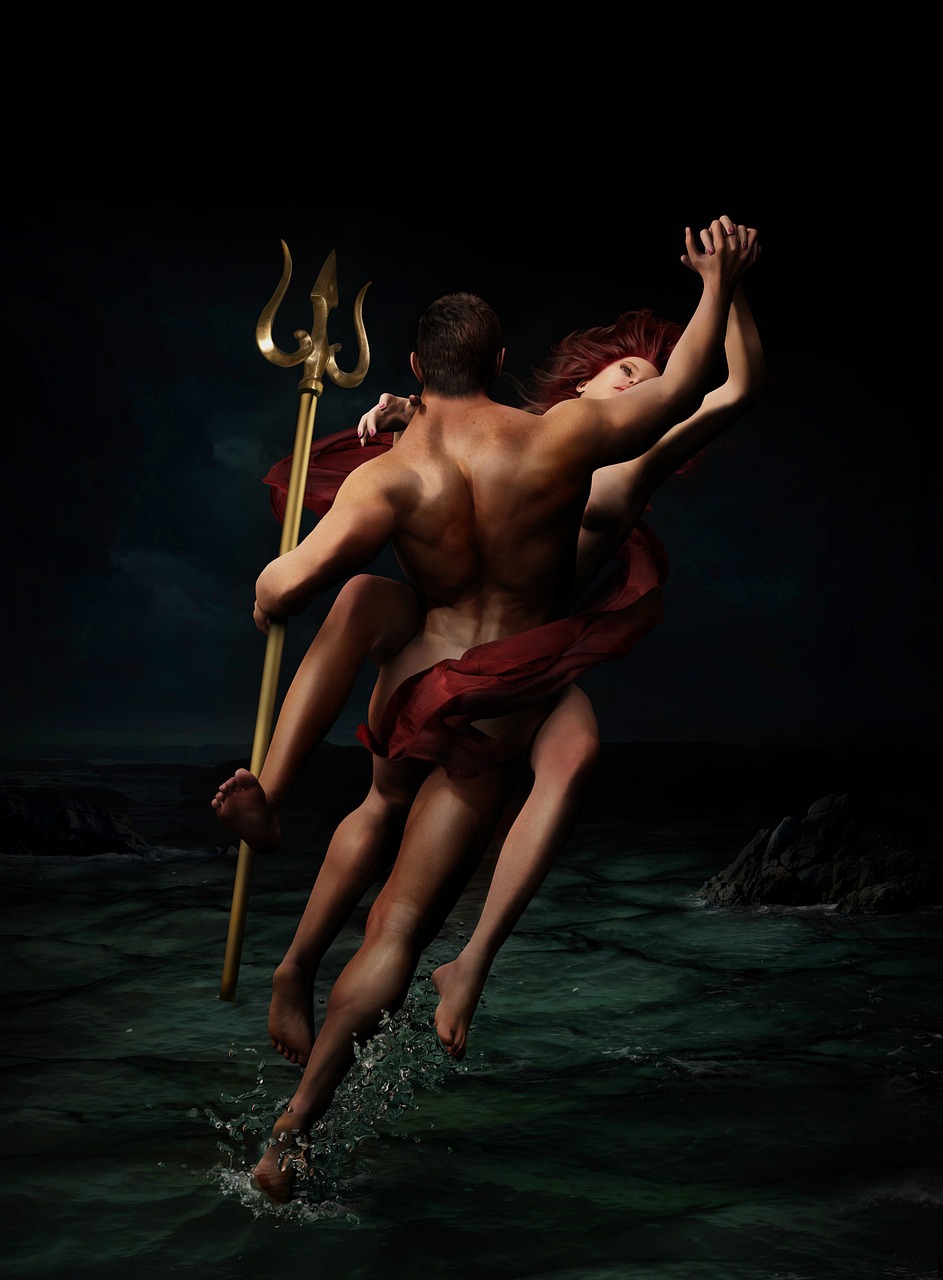Neptune: A Majestic Roman Depiction
This impressive sculpture, crafted from veined marble around 135 AD, showcases Neptune, the Roman deity governing seas and freshwater bodies. The statue, exceeding typical human size, stands robustly supported by a dolphin—an emblem of the god. Notably, Neptune’s left arm holds a trident, a symbol representing his dominion over the waters and their storms, while the right arm lacks a specified attribute, potentially indicating a modern restoration.
Often, representations of Neptune feature a minor dolphin cradled in the outstretched right hand, even when another dolphin serves as a support—as seen in similar artworks. It is plausible that this particular statue might also have originally portrayed Neptune grasping this familiar symbol, contributing to the striking narrative often woven around such mythological figures.
Technical Details
- Inventory Number: E000003
- Author: Roman Sculptor
- Title: Neptune
- Approximate Date: 135 AD
- Technique: Sculpted
- Medium: Veined marble
- Dimensions:
- Height: 243.5 cm
- Width: 118 cm
- Base/Bottom: 80 cm
- Provenance: Royal Collection, with ties to significant locations such as Corinth or Isthmia, and previous collections owned by Philip V and Charles III in Madrid.
Historical Context
The statue has been referenced in numerous scholarly works, including accounts from Antonio Ponz in the late 18th century and extensive studies by Emil Hübner in the 19th century. Other notable references include academic contributions from Overbeck and Bulle, as well as museum catalogs from Madrid’s own Museo Nacional del Prado.
The statue’s detailed inscriptions claim a dedication to either a god or temple associated with the Isthmus, linking it back to its cultural significance in ancient Rome.
Display Location
The Neptune statue is prominently displayed in Room 047 of the museum, where it continues to draw admiration for its historical and artistic value.
In summary, the statue of Neptune not only serves as a piece of art but also as a rich representation of Roman mythology, bridging history and aesthetics through its grandeur and stories intertwined in its sculptured form.



